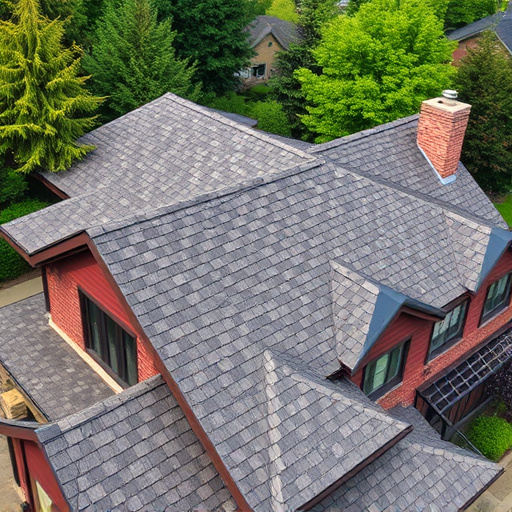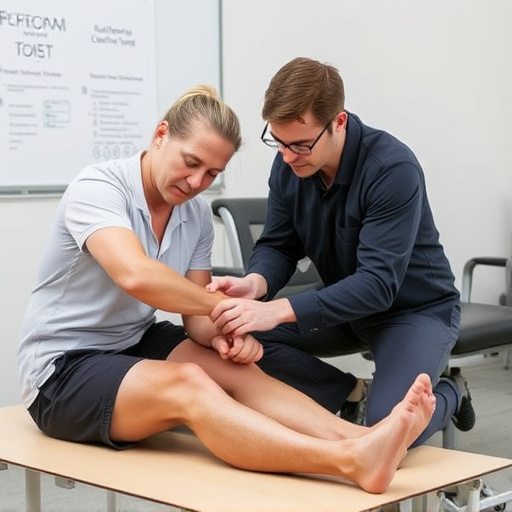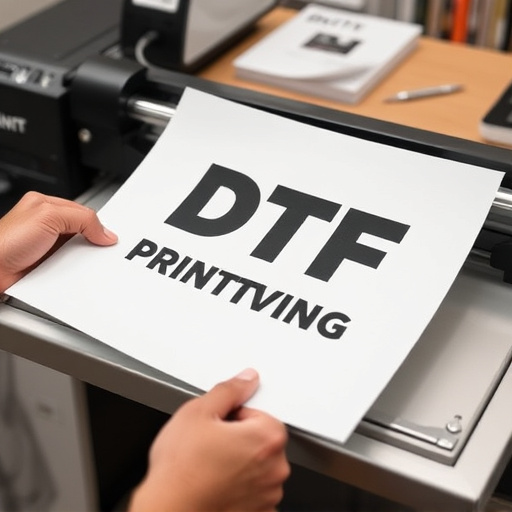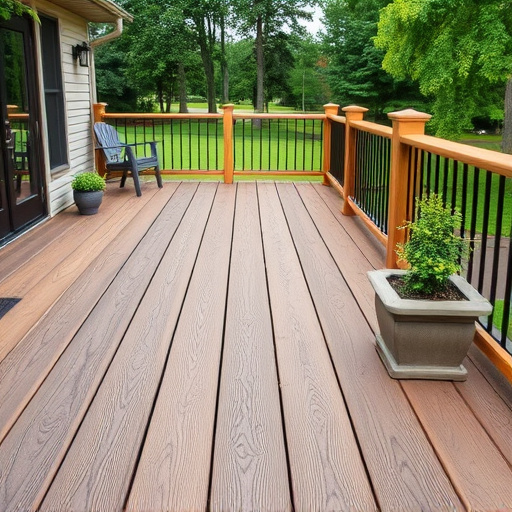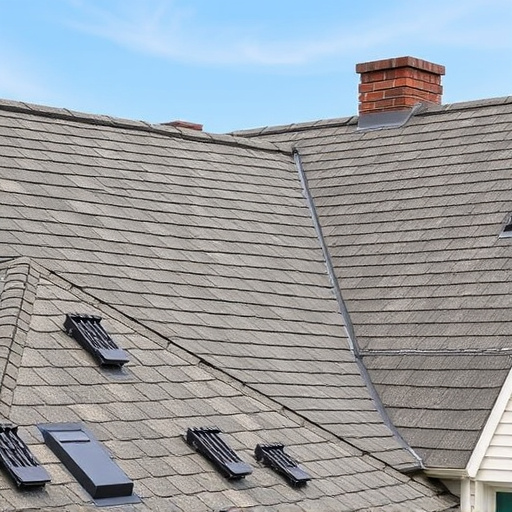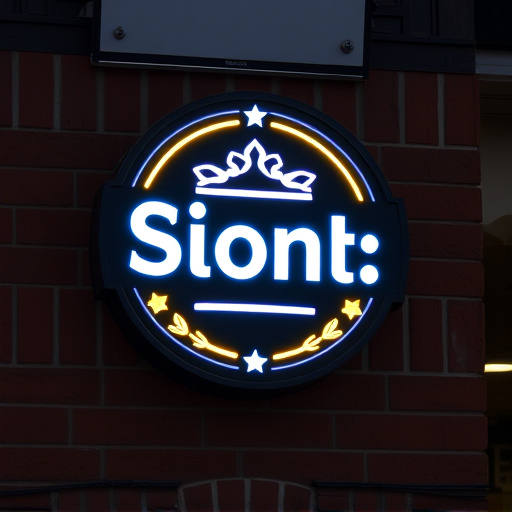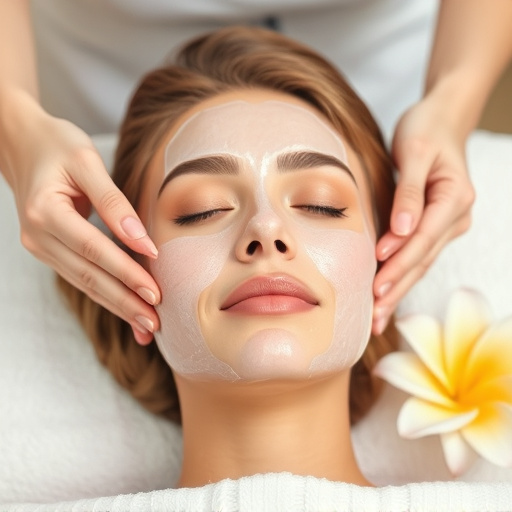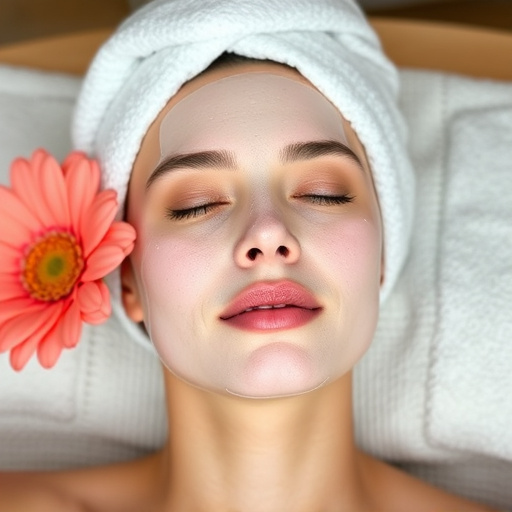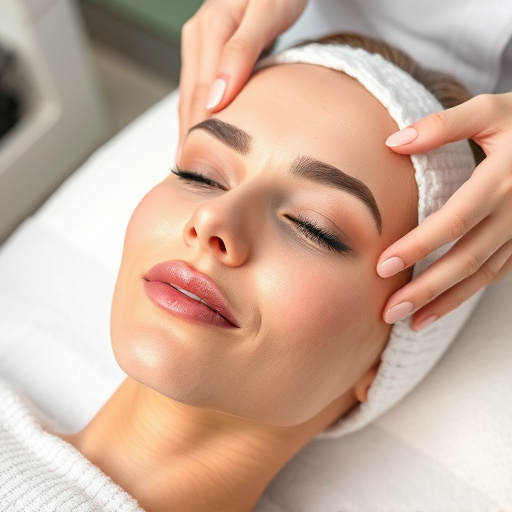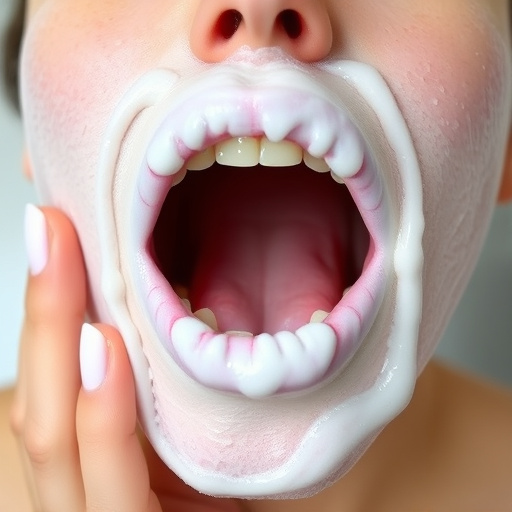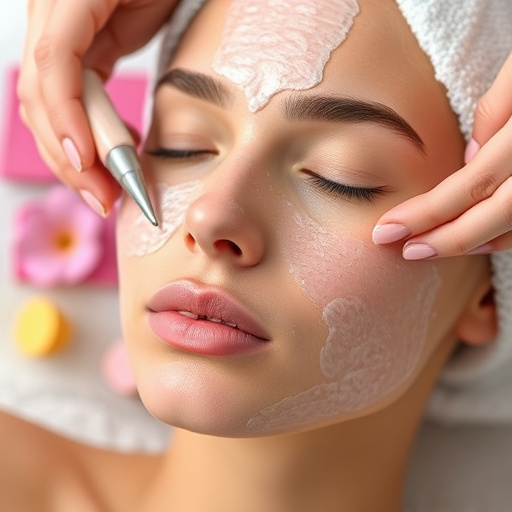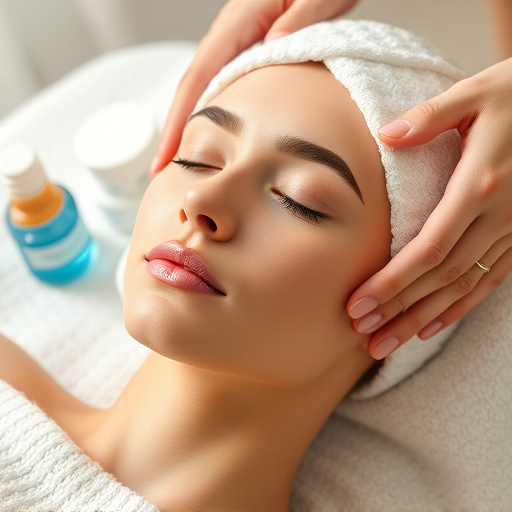Stretch marks (striae) are skin issues caused by rapid growth or weight changes, leading to red or white lines. Treatments include topical creams with retinoids, AHAs, and vitamin C, laser therapy, surgical procedures, and anti-aging routines. Non-invasive options like microneedling, skin rejuvenation, and chemical peels stimulate collagen production, exfoliate, and brighten skin, reducing mark appearance for various skin types with minimal downtime.
Stretch marks, a common concern, can leave unsightly red and white scars on various body parts. This article offers a comprehensive guide to effective stretch mark treatment options. We’ll explore the causes and types of these markings, delving into topical treatments that target their vibrant hues. Additionally, we’ll introduce non-invasive procedures promising improved appearance. Understanding these solutions empowers individuals to choose the best approach for fading and managing stretch marks effectively.
- Understanding Stretch Marks: Causes and Types
- Topical Treatments for Red and White Marks
- Non-Invasive Procedures for Improved Appearance
Understanding Stretch Marks: Causes and Types
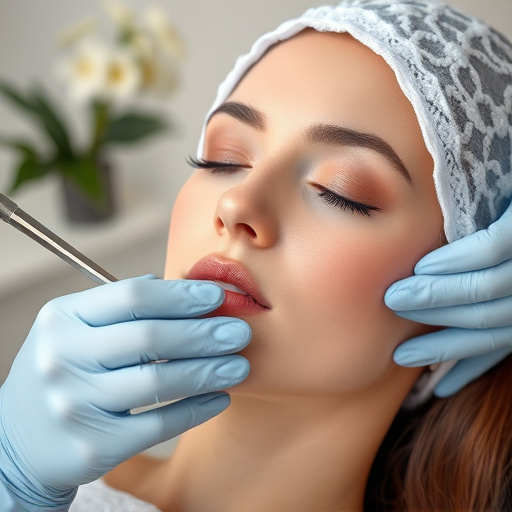
Stretch marks, also known as striae, are common skin concerns that can leave unsightly red or white lines on various parts of the body. They typically develop during periods of rapid growth or weight fluctuations, when the skin struggles to accommodate stretching. Understanding their causes is essential in exploring effective stretch mark treatments.
There are two primary types: hypopigmentational stretch marks (fading red and white marks) and hyperpigmentational stretch marks (darker lines). Hypopigmentational marks result from a decrease in melanin production, leading to lighter areas of skin. On the other hand, hyperpigmentation occurs when melanocytes produce excess melanin, creating darker stretch marks. Factors contributing to these marks include pregnancy, rapid weight gain or loss, puberty, and certain medical conditions. While they may initially be unsightly, there are several stretch mark treatment options available, including topical creams, laser therapy, and surgical procedures, aimed at improving skin texture and minimizing the appearance of these marks. Additionally, incorporating anti-aging treatments and skin brightening routines can help address associated skin concerns for a more youthful and even complexion.
Topical Treatments for Red and White Marks
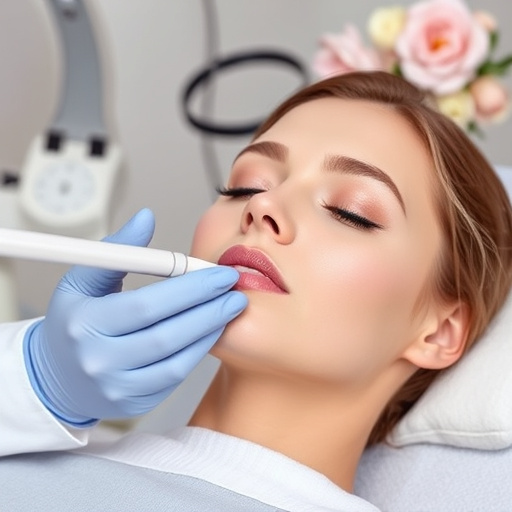
Many people opt for topical treatments to address stretch marks, especially when the red and white marks start to fade. These treatments offer a non-invasive approach to improving skin appearance. Ingredients like retinoids, alpha hydroxy acids (AHAs), and vitamin C are commonly found in such products. Retinoids stimulate collagen production, which can help reduce the visibility of stretch marks over time. AHAs exfoliate the skin, removing dead skin cells and promoting new, healthier skin growth. Vitamin C is an antioxidant that brightens the skin and provides anti-aging benefits by enhancing collagen synthesis.
When considering topical treatments, it’s essential to invest in professional skincare products recommended by dermatologists. These formulations are designed to be effective while minimizing potential side effects. Additionally, combining these topical solutions with skin tightening and anti-aging treatments can offer more comprehensive results. Such procedures include microdermabrasion, chemical peels, or laser therapy, which can further improve skin texture and elasticity.
Non-Invasive Procedures for Improved Appearance
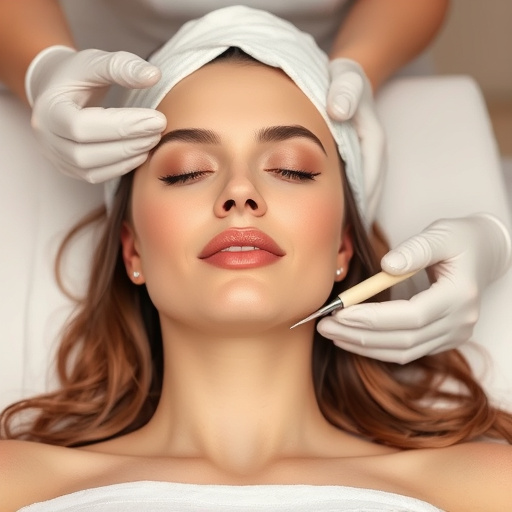
For those seeking to reduce the visibility of fading red and white stretch marks, several non-invasive procedures offer promising solutions. Non-surgical treatments have gained popularity due to their safety and effectiveness in improving skin appearance. Microneedling therapy, for instance, involves using fine needles to create tiny punctures in the skin, stimulating collagen production and enhancing skin texture. This procedure is often paired with topical applications of serums containing vitamin C or retinol to further enhance results.
Another effective non-surgical treatment is skin rejuvenation, which encompasses a range of techniques including chemical peels and laser therapy. Chemical peels use chemicals to exfoliate the top layer of skin, removing damaged cells and promoting the growth of newer, smoother skin. Laser therapy, on the other hand, targets specific pigments in stretch marks, breaking them down and allowing the body to absorb and eliminate them naturally. These non-surgical treatments offer minimal downtime and are suitable for various skin types, providing a safe and effective way to achieve desired results without invasive procedures.
While stretch marks can be a source of concern, various effective stretch mark treatment options exist to address fading red and white marks. Understanding the causes and types of stretch marks empowers individuals to choose suitable topical treatments or explore non-invasive procedures for a more even skin tone. With dedicated care, it’s possible to minimize the appearance of stretch marks and achieve desired skin clarity. Remember, consulting a dermatologist can provide personalized guidance tailored to your specific needs.
